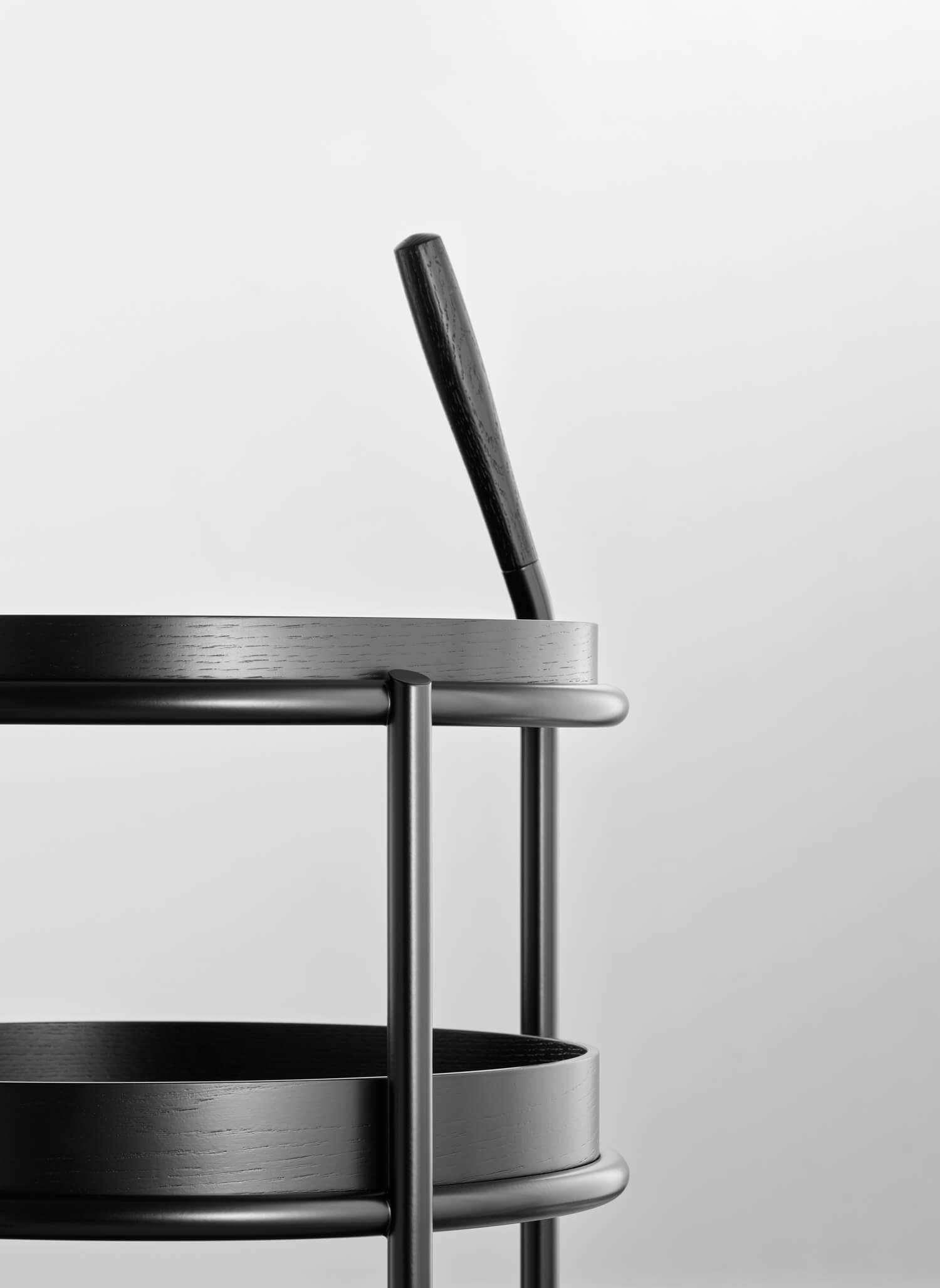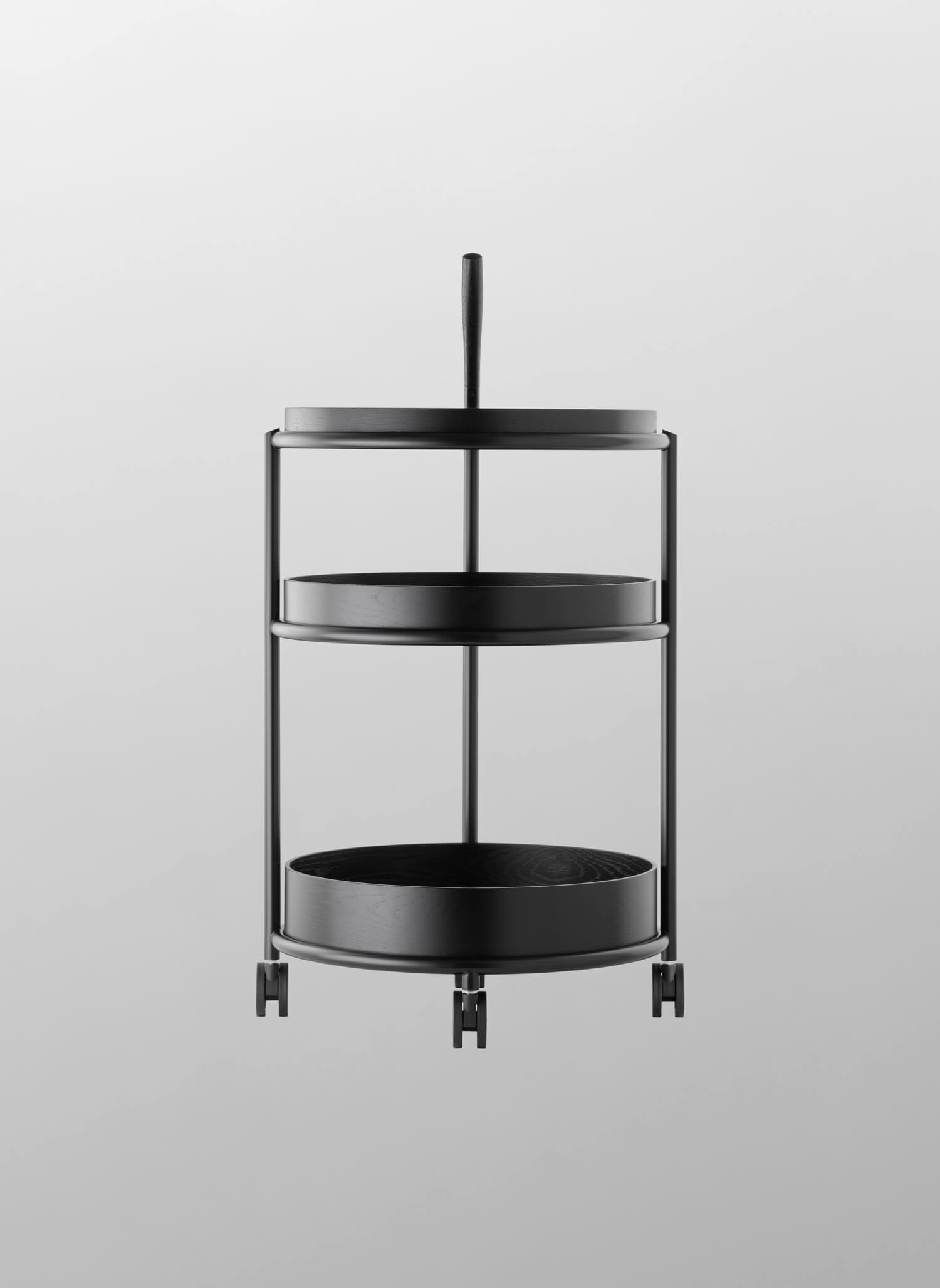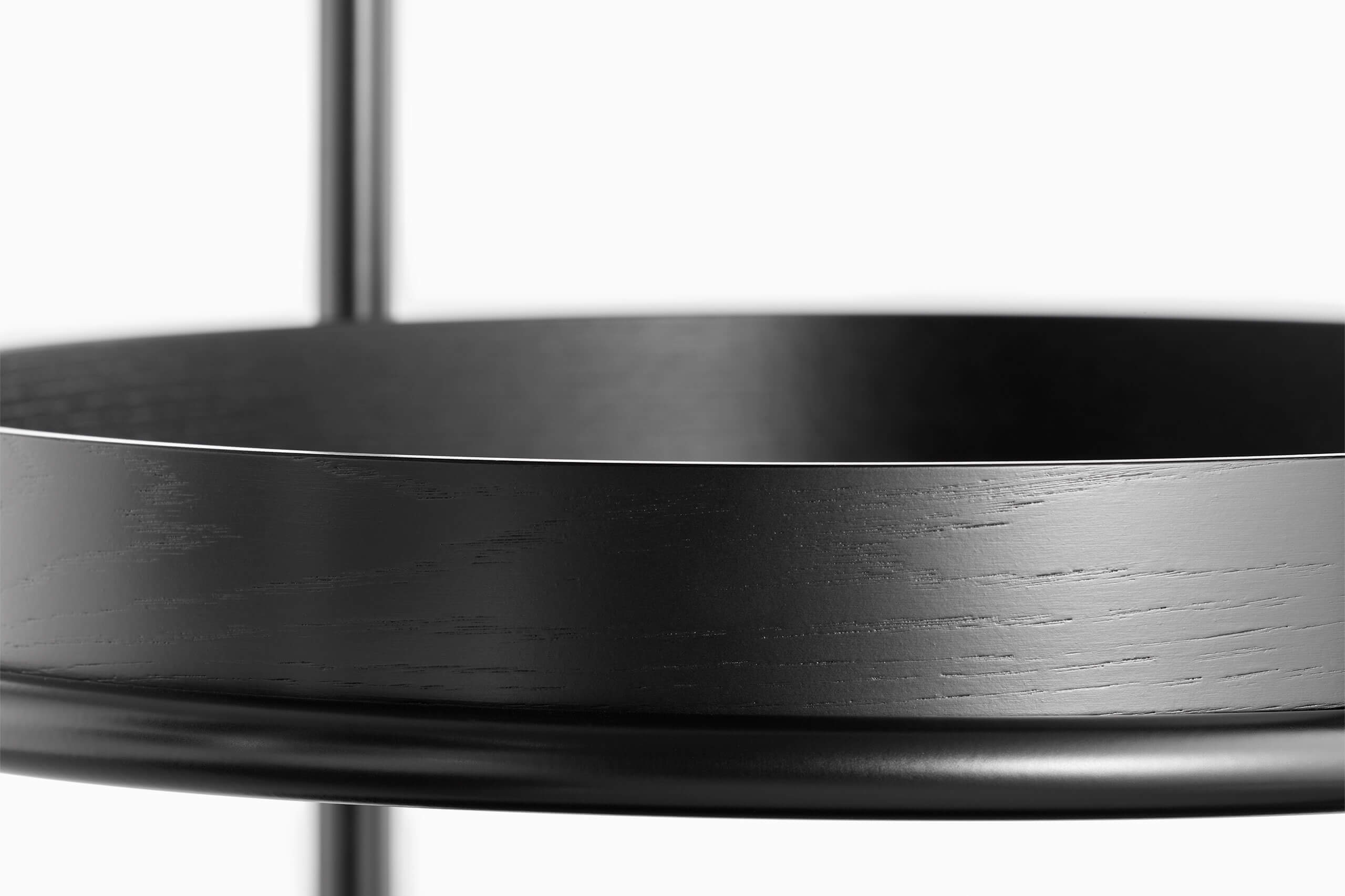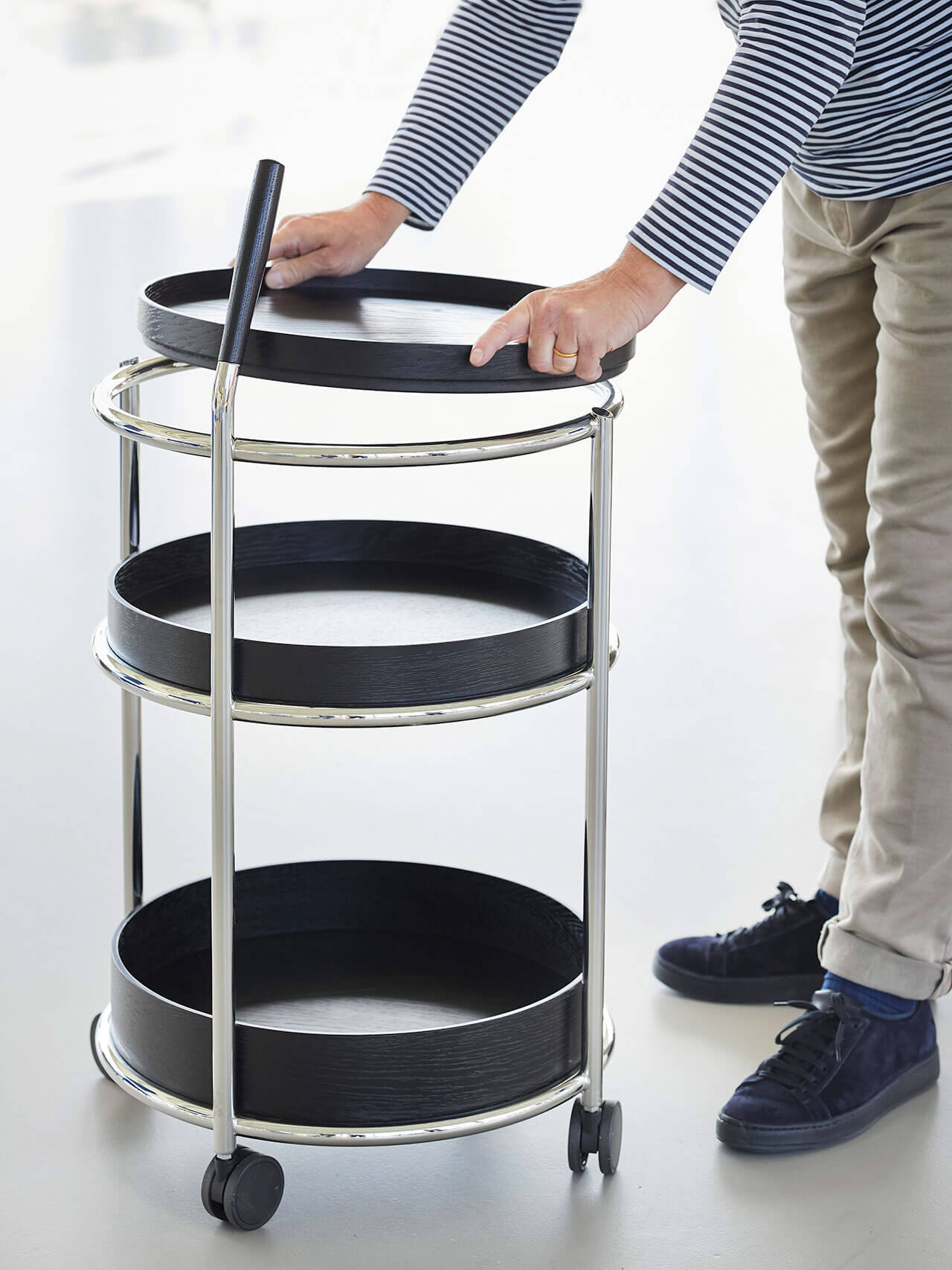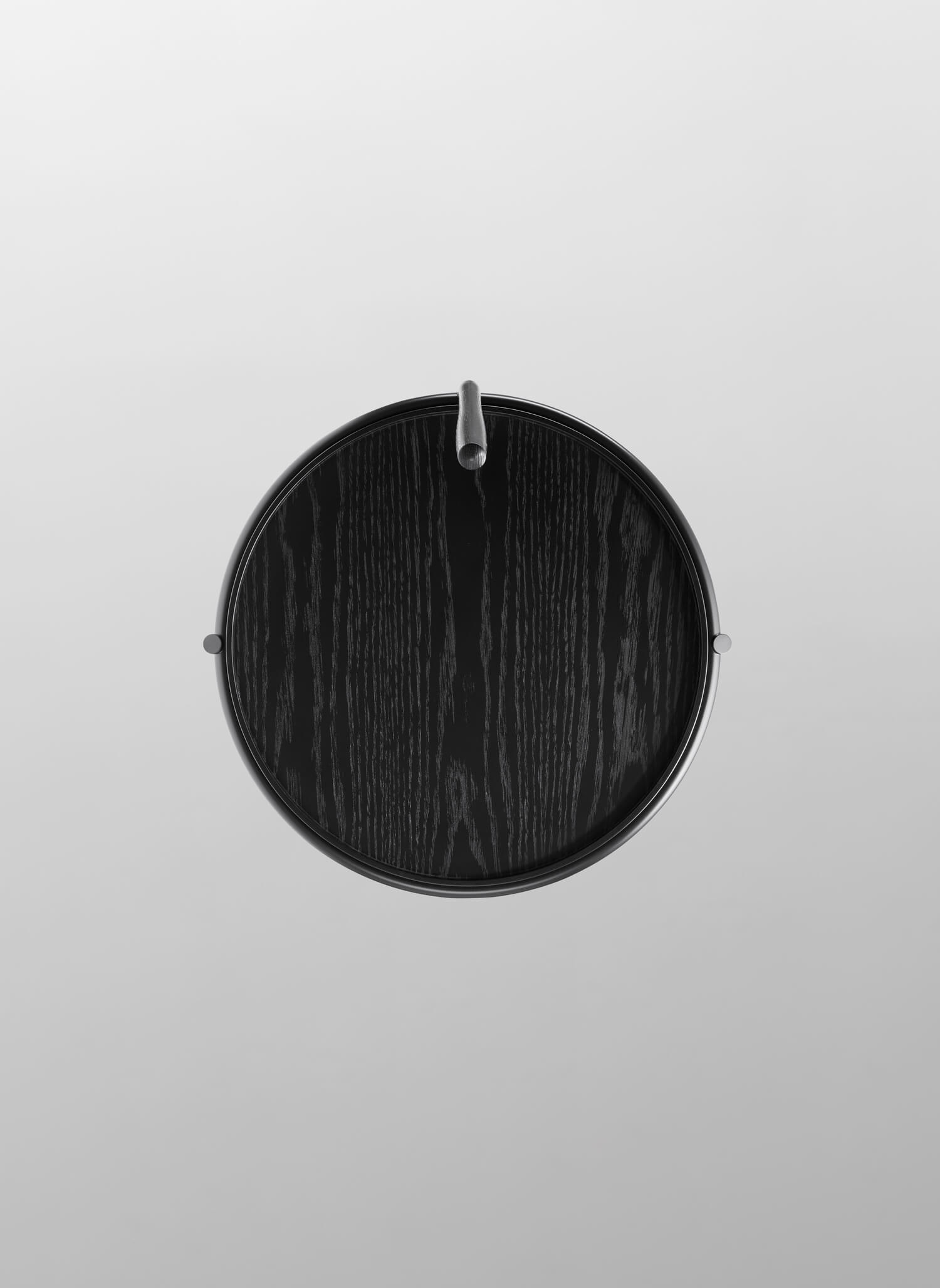S4 & K6
Both are united by the desire for simplicity, individuality and uniqueness. For Tecta, they designed with clear geometries and iconic expression. While Christian Haas explored the basic shape of the circle in his design of the three-story trolley and created an extremely flexible and mobile piece of furniture, Hanne Willmann stacked simple cuboids to create a purist display case. And both products have another thing in common. The upper black cube of the S4 display case seems to float, just like the elegantly suspended trays of the K6 trolley, which cantilever out weightlessly on one side of the frame and can thus be removed with ease. For all the similarities, however, there are also differences. Where Hanne Willmann’s showcase appears clear, rigid and precise, Christian Haas Trolley is mobile, mounted on wheels, light and playful. The hand-flattering wooden handle, by the way, is a tongue-in-cheek allusion to travel trolleys.
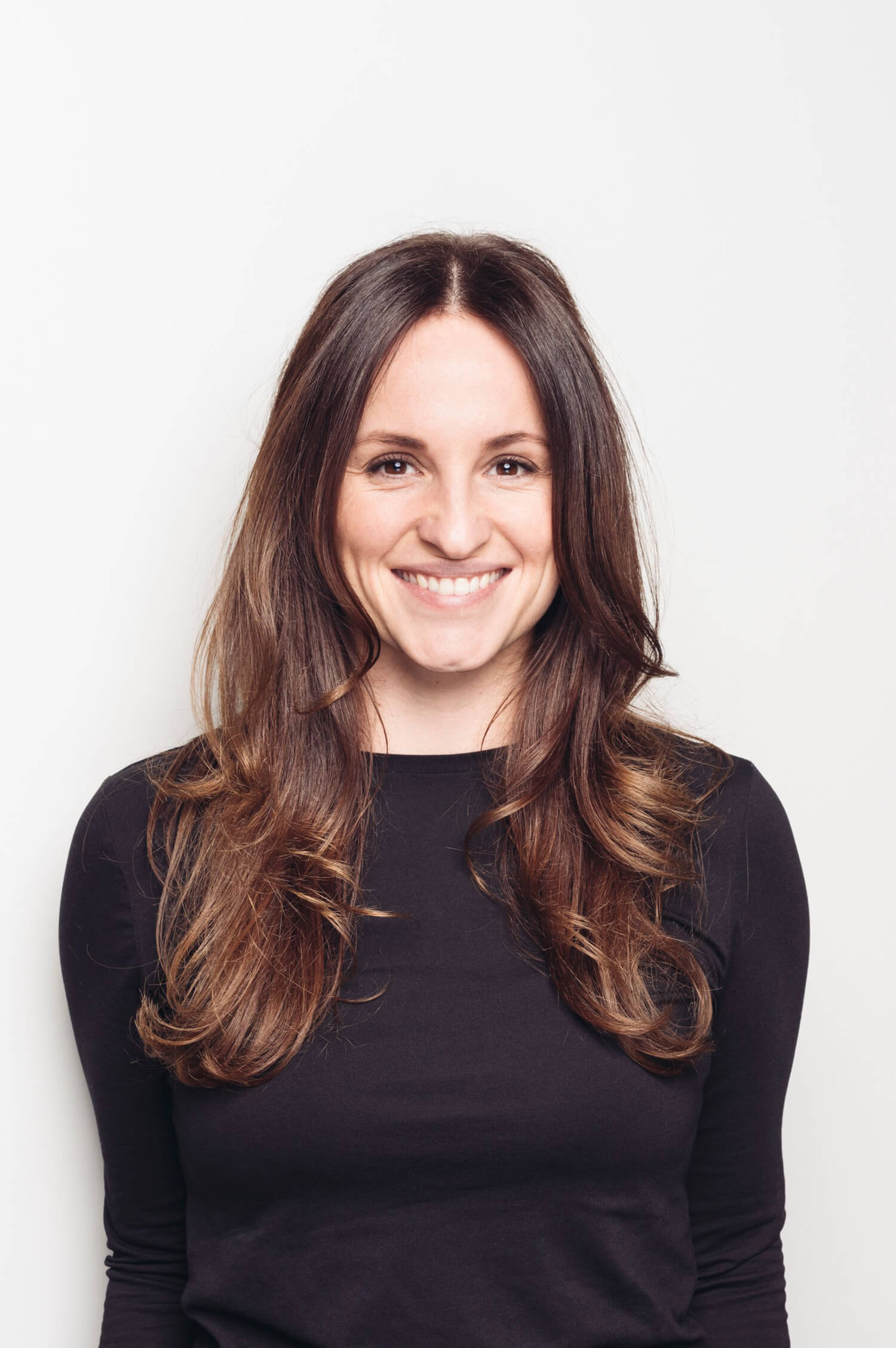
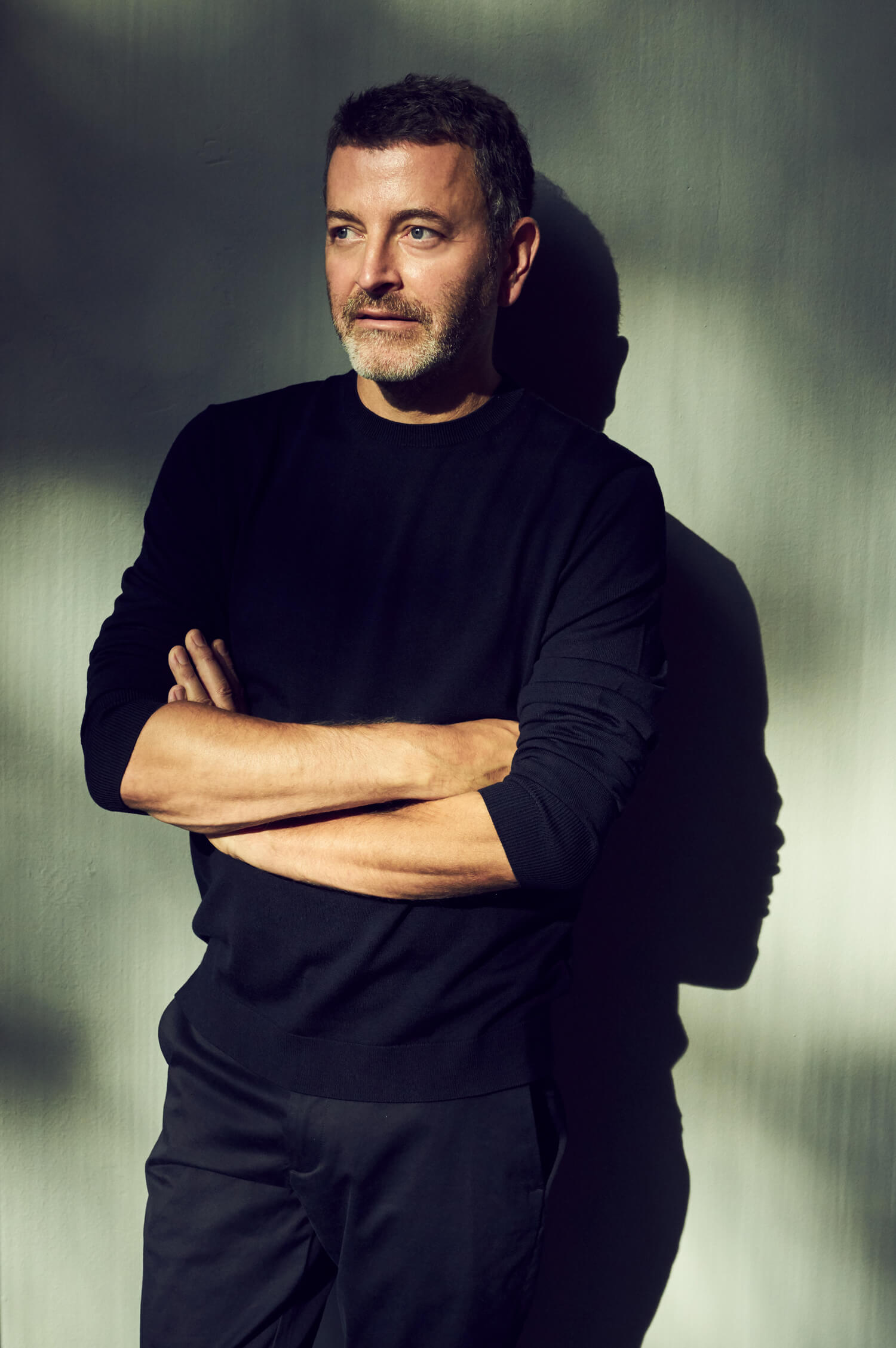
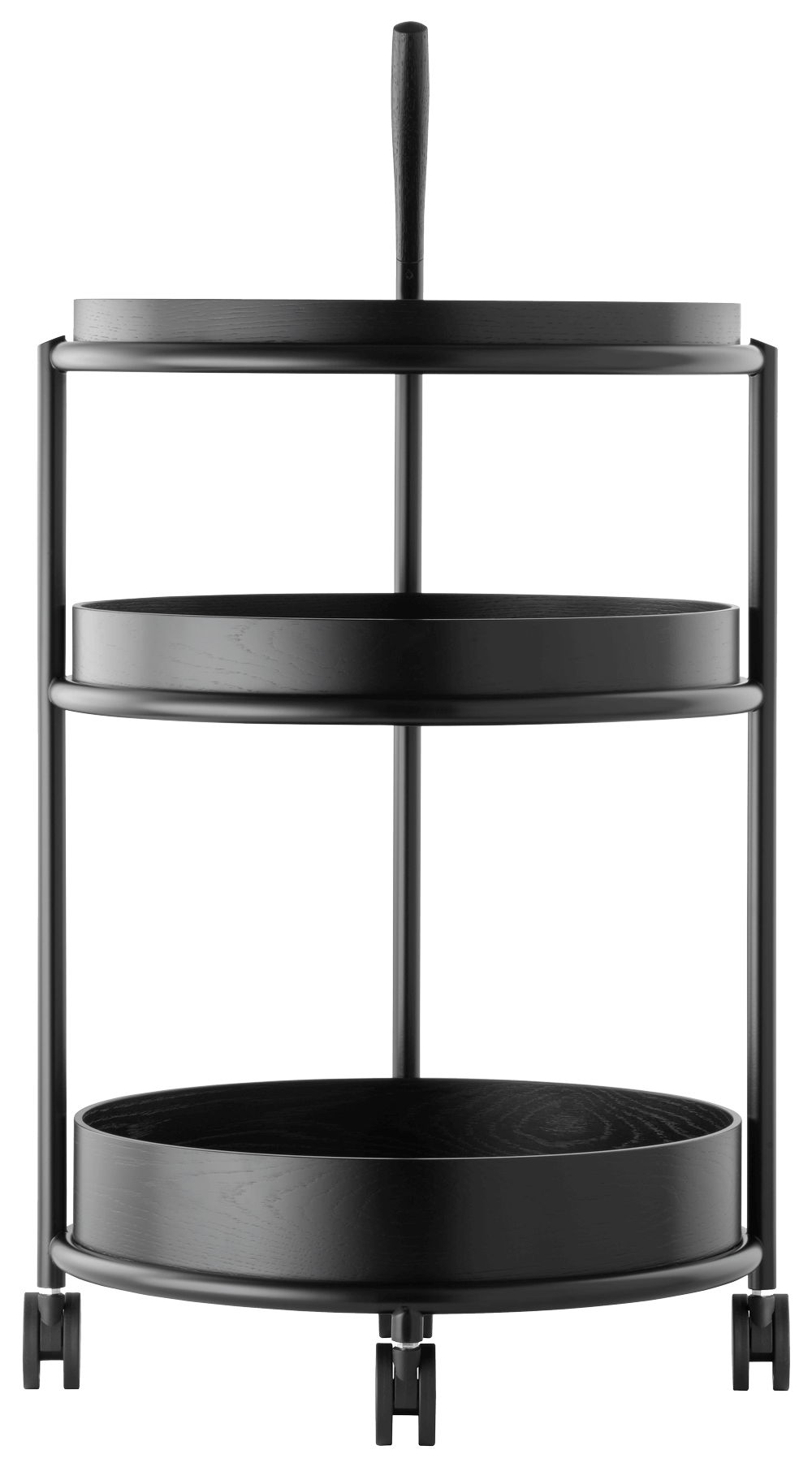
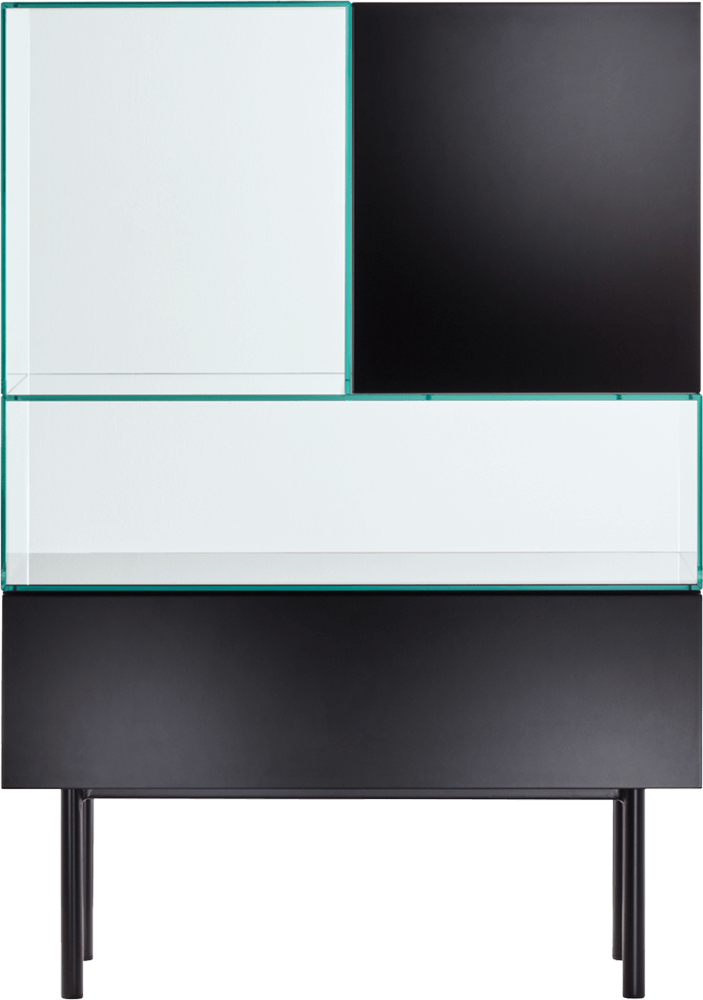
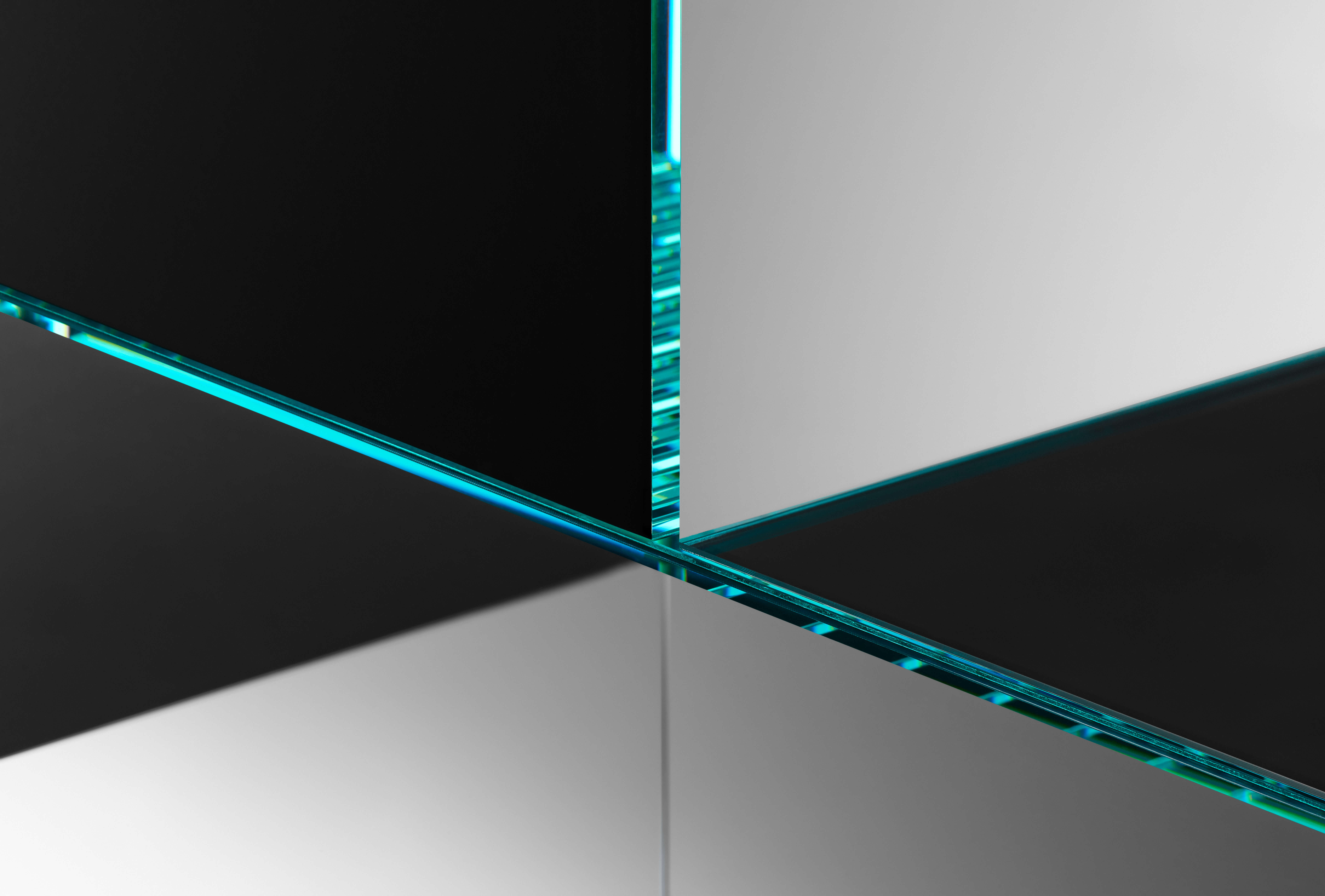
S4
Hanne Willmann
Hanne Willmann has always had a penchant for Bauhaus, most recently because of her teaching assignment in Dessau, and now due to the new S4 display cabinet, which she has created for Tecta. “Tecta’s formal language fascinated me right away,” says the designer with a studio in Berlin. “A focus on the essentials and a philosophy based on construction are the hallmarks of Tecta’s products and also reflected in my designs.”
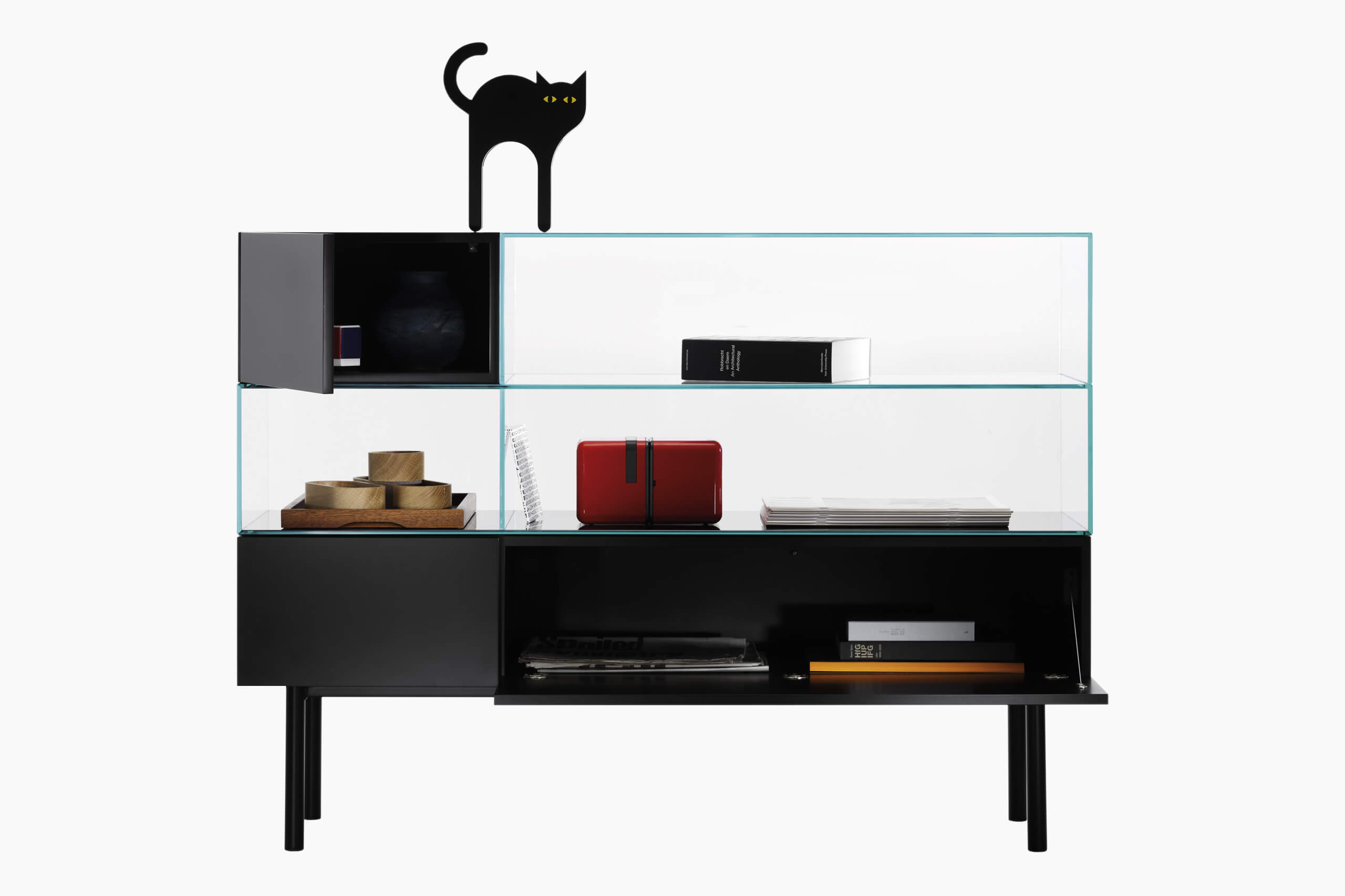

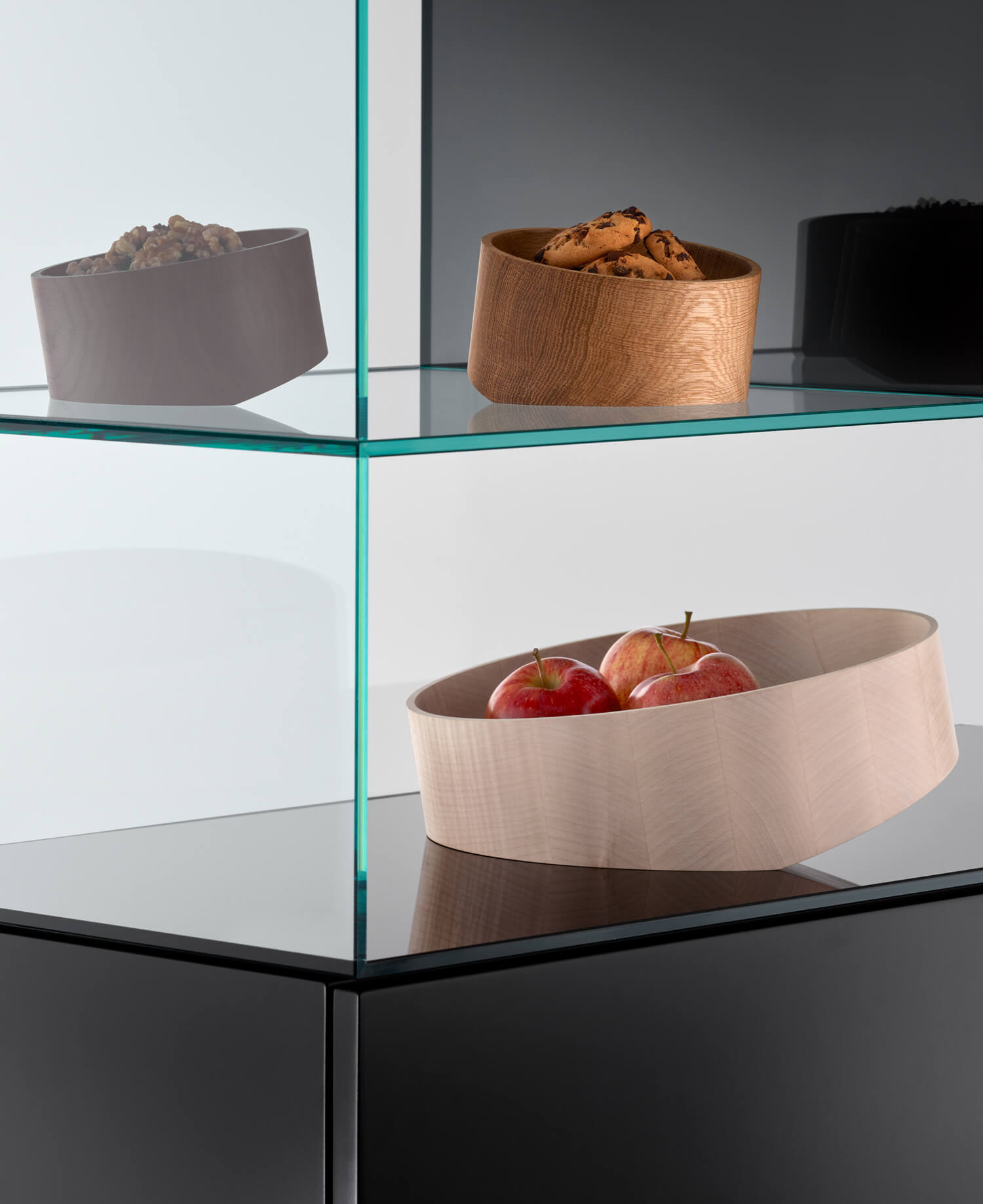
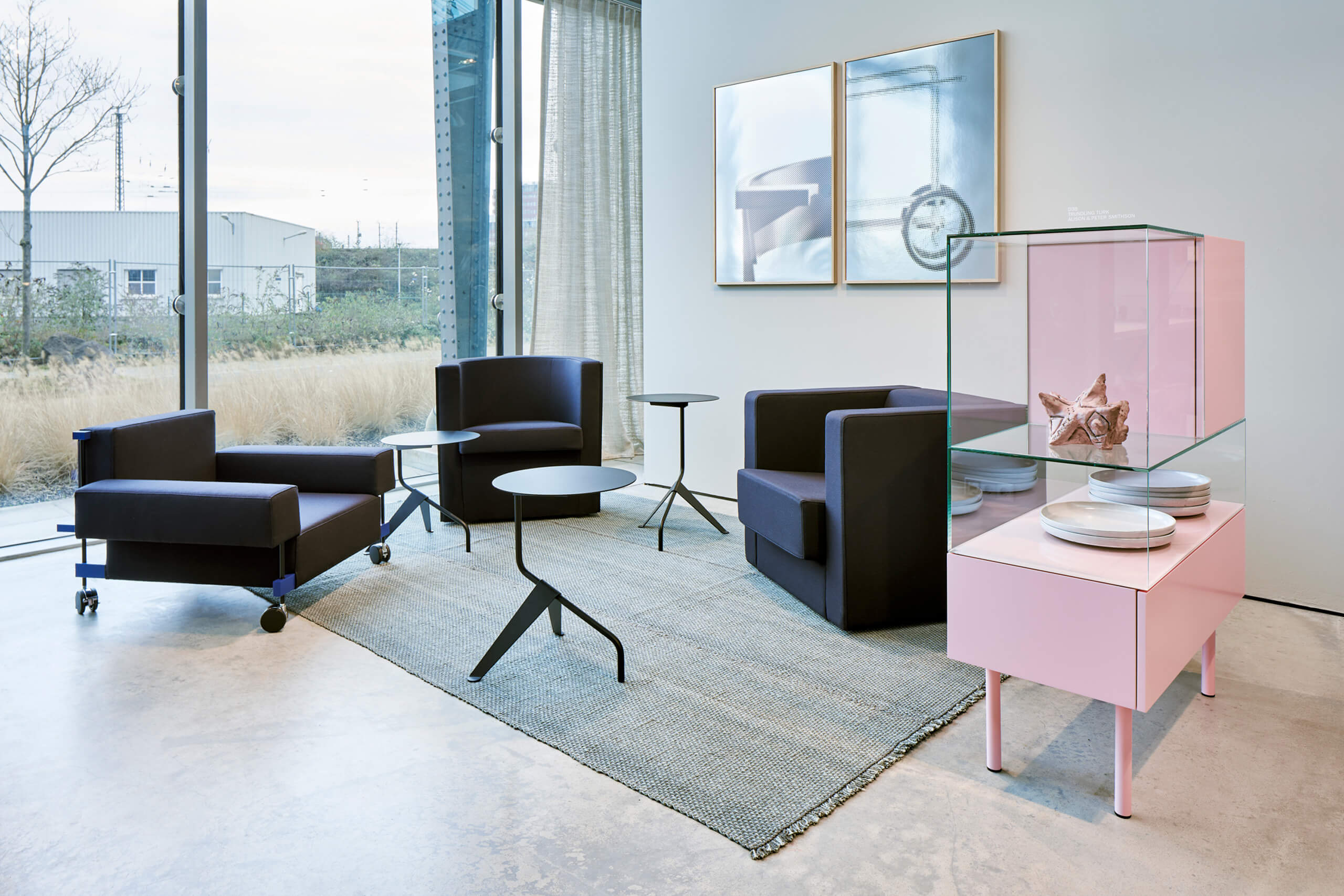
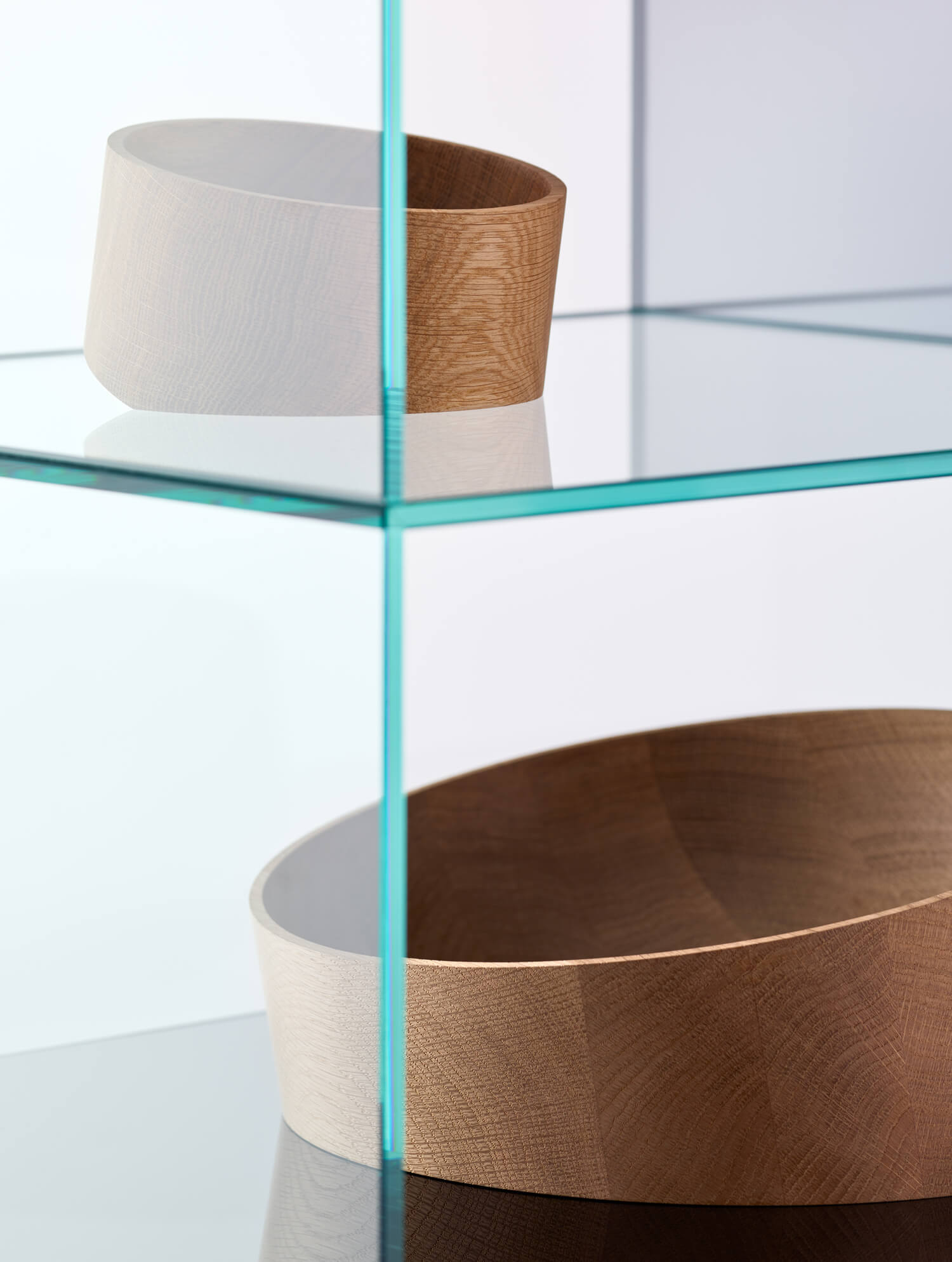
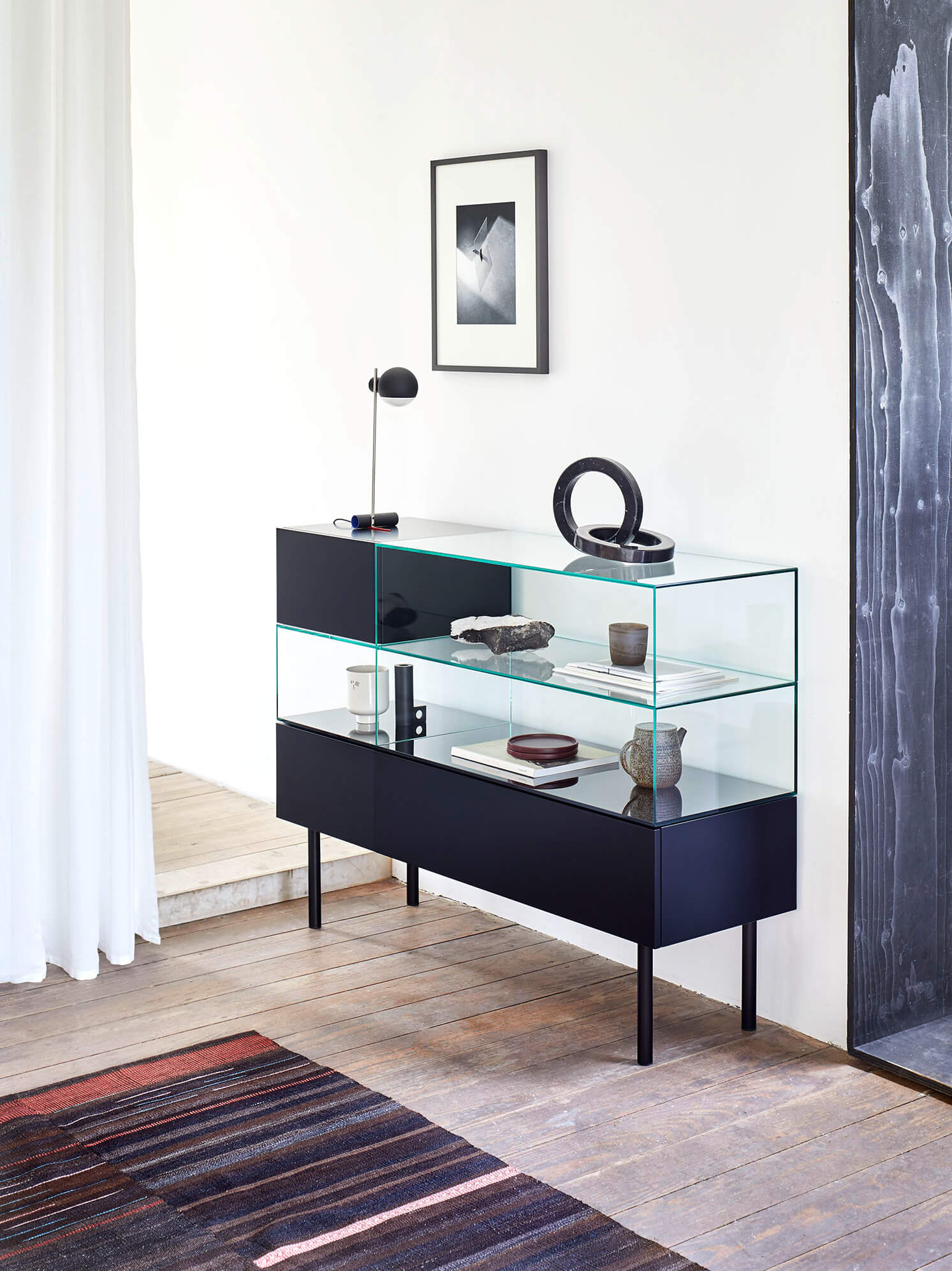
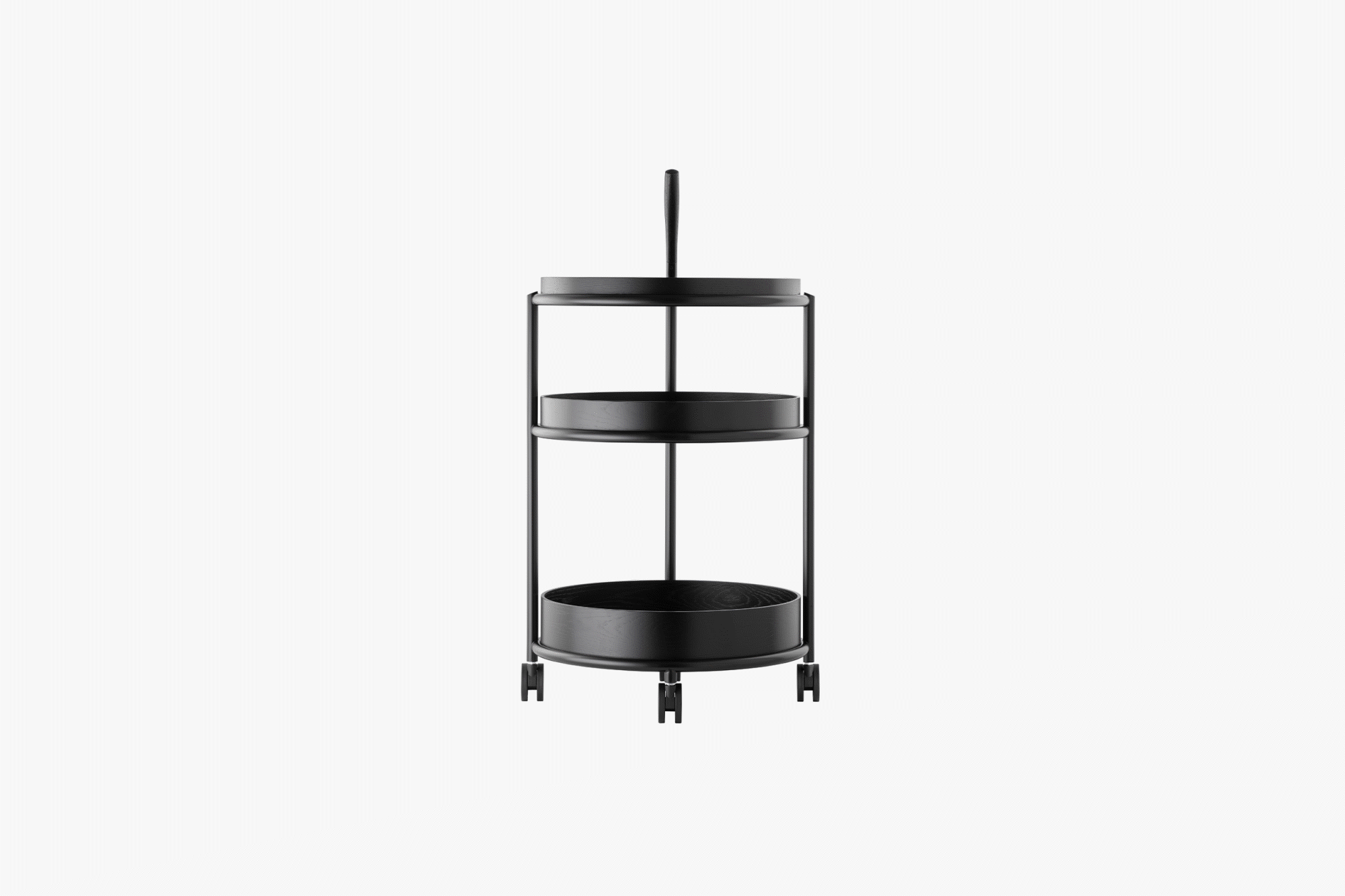
K6
Christian Haas
K6, the new trolley by Christian Haas – a stylish side table and distinctive accessory. This piece of furniture speaks of a person who knows a lot about a nomadic lifestyle. Christian Haas, born in Germany in 1974, lives and works in Porto, Portugal. He used to move frequently and has always been a traveller between continents. “In this case it’s an advantage to have furniture that adapts to all kinds of needs instead of the other way round,” says the industrial designer.
